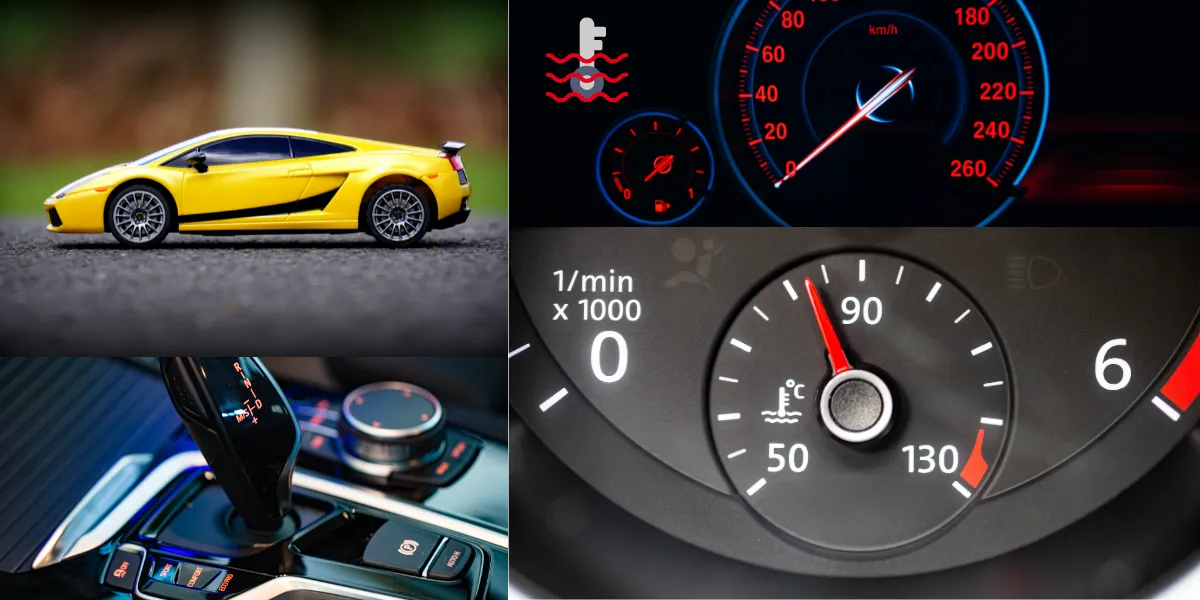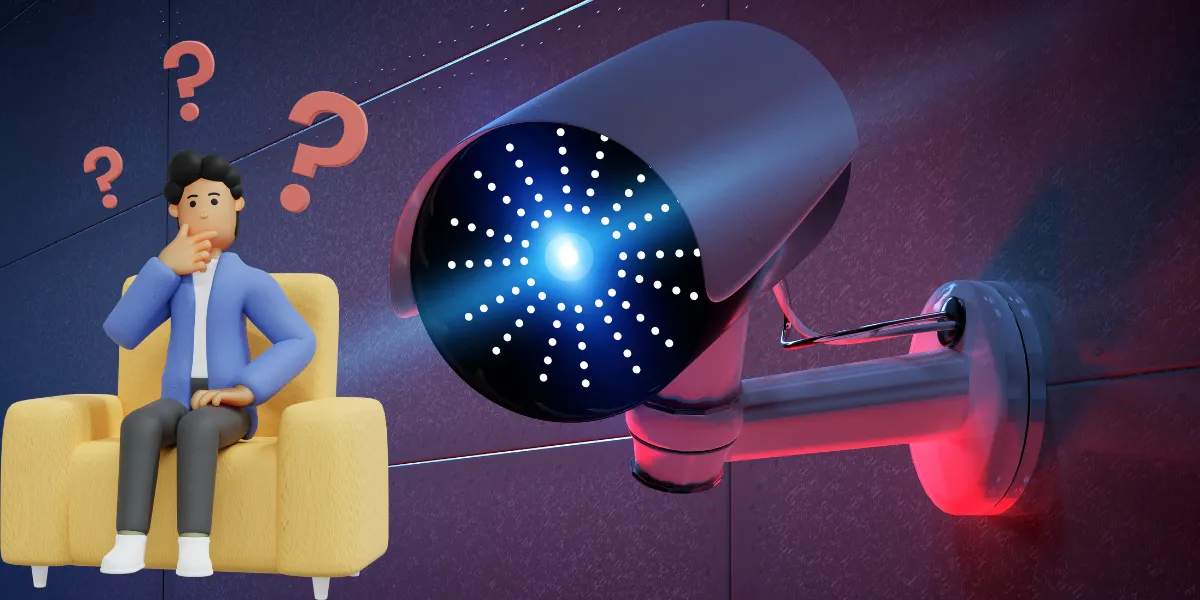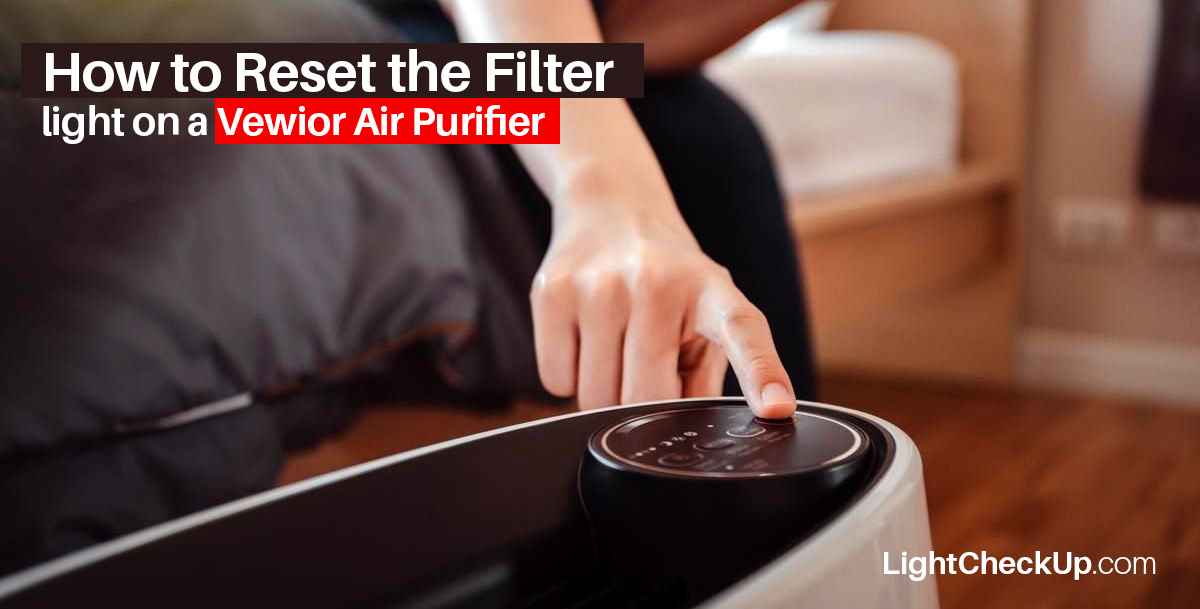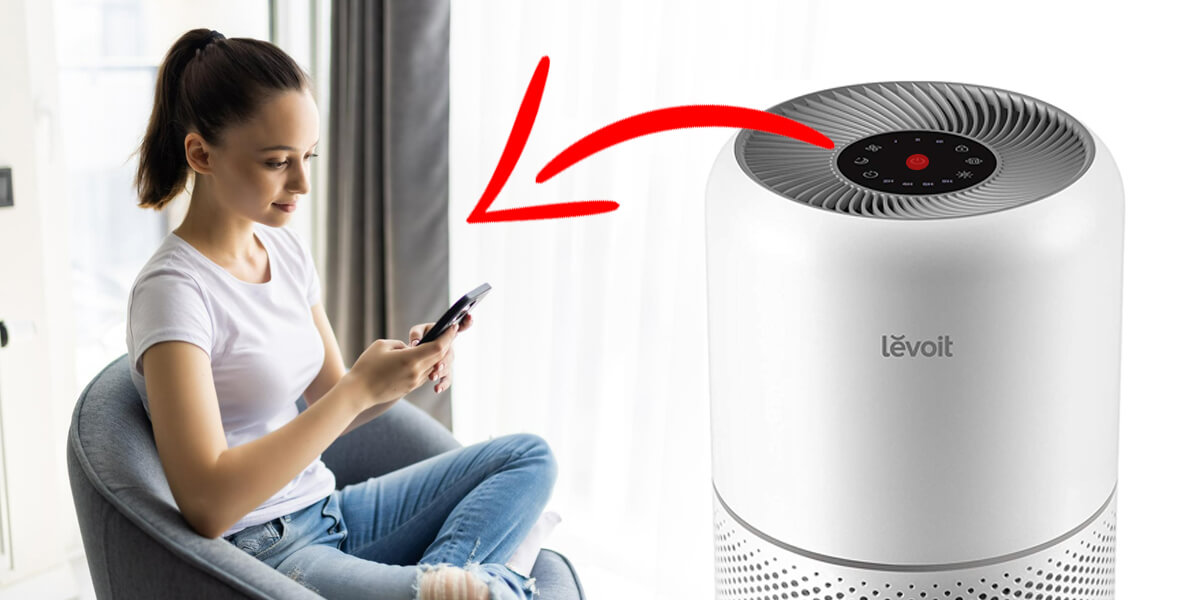Indoor air quality is vital to health, and Miko air purifiers are known for their innovative features and outstanding performance. HEPA filters effectively remove 99.97% of microorganisms, bacteria, and pollutants. These air purifiers are trustworthy and helpful for allergy, asthma, and respiratory patients.
The Miko home air purifier eliminates germs, bacteria, and other airborne contaminants from your house. Here are the topics:
- How the Miko air purifier works
- The benefits of using a Miko home air purifier
- How to choose the right Miko Ibuki air purifier for your needs
- How to reset the Miko air purifier filter
- How to maintain your Miko home air purifier
This post should help you decide if the Miko air purifier is right for you.

Air Purifier
How does the Miko air purifier work?
The Miko’s air purifier removes contaminants with three-stage filtration. The first step is to eliminate dust and pet hair with a preliminary filter. The second stage is a HEPA filter that captures 99.97% of 0.3-micron particles, including pollen, mold spores, and smoke. The activated carbon filter eliminates gases and odors in the third step.
Miko air purifiers include built-in fans that circulate air through the filtration system. The fan speed may be adjusted for room size and pollution.
The Miko – Air Purifier True Hepa with Air Sensor is silent and energy-efficient. You can use it day and night without disturbing your sleep or increasing your energy costs.
These air purifiers help reduce these:
- Dust
- Pollen
- Pet dander
- Spores of mold
- Smoke
- Bacteria
- Viruses
- Odors
The Miko Hepa air purifier with essential oil diffuser improves indoor air quality and wellness. People with allergies, asthma, or other respiratory disorders benefit most.

Air Purifier Image source by Amazon
Types of Miko Air Purifier Filters
Miko has several air purifier filters to suit various demands. Let’s examine some of Miko’s most popular air purifier filters:
True HEPA Filter: The 99.97% effective filter captures 0.3-micron airborne particles. It eliminates dust, pollen, pet hair, mold spores, and other allergens, benefiting allergy sufferers.
The activated carbon filter removes odors and volatile organic pollutants. It removes smoke, cooking aromas, and toxins from the indoor air, making it fresh.
The silver ion filter employs silver nanoparticles to suppress bacteria, viruses, and other pathogens. It protects against pathogens and keeps the atmosphere clean.
What are the benefits of Miko air purifier filters?
Investment in Miko air purifier filters has several benefits:
- Indoor air quality: Miko filters reduce pollutants, allergens, and smells, making your house smell fresh.
- Allergic relief: The True HEPA filter collects allergens.
- Activated carbon filters eliminate smells, freshening indoor air.
- Silver ion filters prevent germs and viruses from growing, keeping the environment clean.
- Long-lasting performance: Miko filters save money on frequent replacements.

Air Purifier Image source by Amazon
How to reset the Miko air purifier filter
Miko’s indoor air purifier’s red light is showing. How to reset it. Simply reset your Miko H13 air purifier for optimal performance. Here’s a step-by-step guide on how to reset your Miko indoor air purifier filter:
Step 1: Identify the filter reset button. Locate the filter reset button on your Miko home air purifier. This button is usually located on the control panel or near the filter compartment.
Step 2: Hold reset. Wait 5 seconds to reset the filter. A paperclip may help you reach the button.
Step 3: Wait for the indicator light to flicker or change color after pressing reset. This means the filter was reset.
Step 4: Release the reset button. Once the indicator light changes, release the reset button. Your Miko’s air purifier filter is now reset and ready to perform at its best.
How do you maintain your Miko air purifier?
The Miko Hepa home air purifier is low-maintenance; however, there are certain ways to keep it functioning smoothly:
- Clean the air purifier frequently. The HEPA filter should be replaced every 6–12 months and the pre-filter every 2-4 weeks. Clean the pre-filter using a vacuum or moist cloth. HEPA filter replacement instructions are in the owner’s handbook.
- Place the air purifier centrally. This will help circulate room air.
- Do not place the air purifier near heat sources or direct sunlight. This may harm filters and appliances.
- Keep pets and kids away from the air purifier. The sharp filters and fan might choke.
- For more, check out the Miko Ibuki Air Purifier Manual.
These easy recommendations will help you maintain your Miko air purifier and enjoy clean, fresh air.
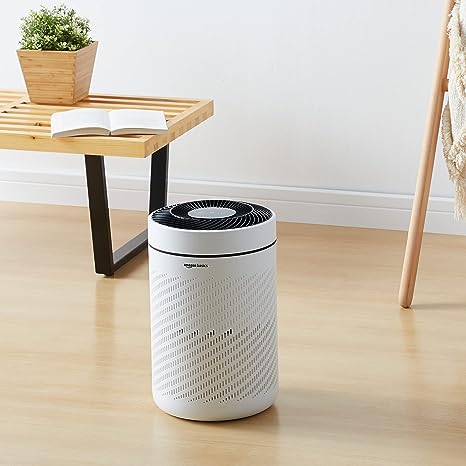
Air Purifier Image source by Amazon
How often should I replace my Miko air purifier filter?
When your Miko home air purifier replacement filter needs a new filter depends on a number of variables, including:
- The air purifier’s room size
- The air pollution level
- If you have pets or allergies.
The pre-filter should be replaced every 2-4 weeks and the HEPA filter every 6–12 months. If you have pets or live in a dusty or pollen-filled environment, you may need to replace the filters more regularly.
The Miko air purifier replacement filter indicator lights up when filters need to be changed. The air purifier’s settings menu lets you monitor filter status.
Follow these procedures to change filters:
- Turn off the air purifier.
- Remove obsolete filters.
- Install new filters.
- Replace the air purifier cover.
- Plug in the air purifier.
Miko air purifiers include pre- and HEPA filters. The pre-filter is capable of capturing large dust particles and pet hair. HEPA filters 99.97% of 0.3-micron particles like pollen, mold spores, and smoke.
Changing filters periodically ensures that your air purifier is running correctly and provides clean, fresh air.

Air Purifier
READ ALSO: Red Light On Air Purifier? Here Are Some Tips To Get Rid Of Levoit Air Purifier Red Light
Quick FAQs
Can I wash and reuse my Miko air purifier filter?
No, do not wash and reuse your air purifier filter. The filter traps pollutants and allergies, so cleaning it might make it less efficient. No vacuuming the filter, since it might harm it.
The easiest approach to cleaning your Miko Ibuki air purifier filter is to use a soft brush or vacuum attachment to remove loose dust and debris. Wipe a highly filthy filter carefully with a moist cloth. Before reinstalling the air purifier, dry the filter fully.
Replace the filter every 6–12 months or sooner if damaged or clogged. These basic steps may help you keep your Miko Ibuki M air purifier running smoothly and providing you with clean, fresh air.
Are Miko air purifier filters compatible with all Miko air purifier models?
Not all Miko – air purifier filters work with all models. Every air purifier type has a filter that fits its design.
Can I use third-party filters with my Miko air purifier?
Do not replace these air purifier filters. Shopmiko air purifiers use filters built for their distinctive design. Third-party filters might harm or limit air purifier efficiency.
Third-party filters may also remove air pollutants and allergens less effectively than Miko filters. This is because third-party filters may not employ the same materials or filters as Miko filters.
Generic HEPA filters are cheaper. Make sure the generic filter works with your Miko air purifier. The owner’s manual or Miko customer support can tell you which generic filters work with your air purifier.
To guarantee your Miko Hepa home air purifier works correctly and provides clean, fresh air, use the right filter. Using an unsuitable filter might harm or limit the air purifier’s efficacy.

Air Purifier Image source by Amazon
How can I ensure the longevity of my Miko air purifier filter?
Your Miko indoor air purifier filter should be changed every 2-4 weeks and cleaned every few weeks to remove loose dust and debris. Not use harsh chemicals, soak the filter, or dry it with a hair dryer. Check for tears and replace the filter if needed.
Will the Miko air purifier covering 1600 sq ft cover the area?
The Miko’s air purifier covers 1450 square feet at maximum. The air purifier’s CADR (clean air delivery rate) determines how much air it can clean per minute. The Miko home air purifier can clean a 1450-square-foot room in an hour with its 145 cubic feet per minute CADR.
The air purifier’s coverage area depends on the room’s size, shape, furnishings, and air pollution. A big space with plenty of furniture may make the air purifier less efficient.
Remember that the CADR is based on the air purifier’s maximum fan speed. Air purifier coverage decreases with lower fan speeds.
A higher CADR air purifier may be better for a 1600-square-foot room.
In conclusion, Miko air purifier filters are essential for clean and healthy indoor air. Miko home air purifiers remove pollutants, allergies, and smells with their superior filtration technology and filter selections. Follow the easy reset method to optimize your Miko air purifier filter. Miko air filters make indoor air healthier and more enjoyable.
READ ALSO: Air Purifiers For Viruses And Bacteria: Do Air Purifiers Work For Viruses?

